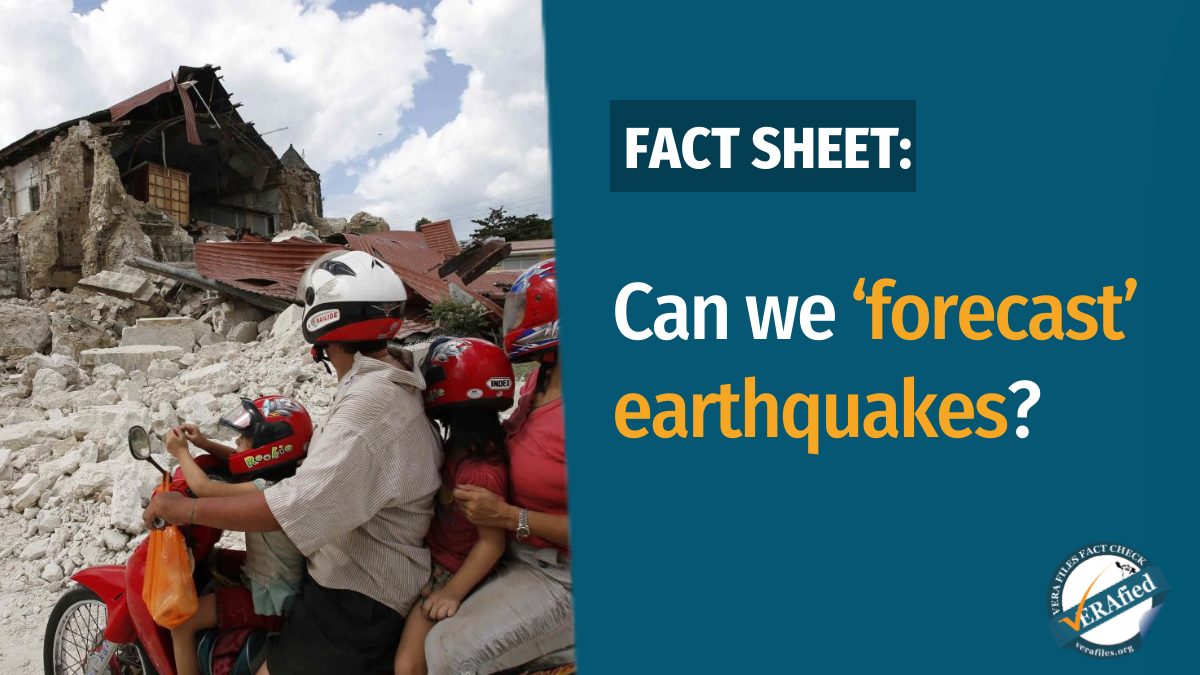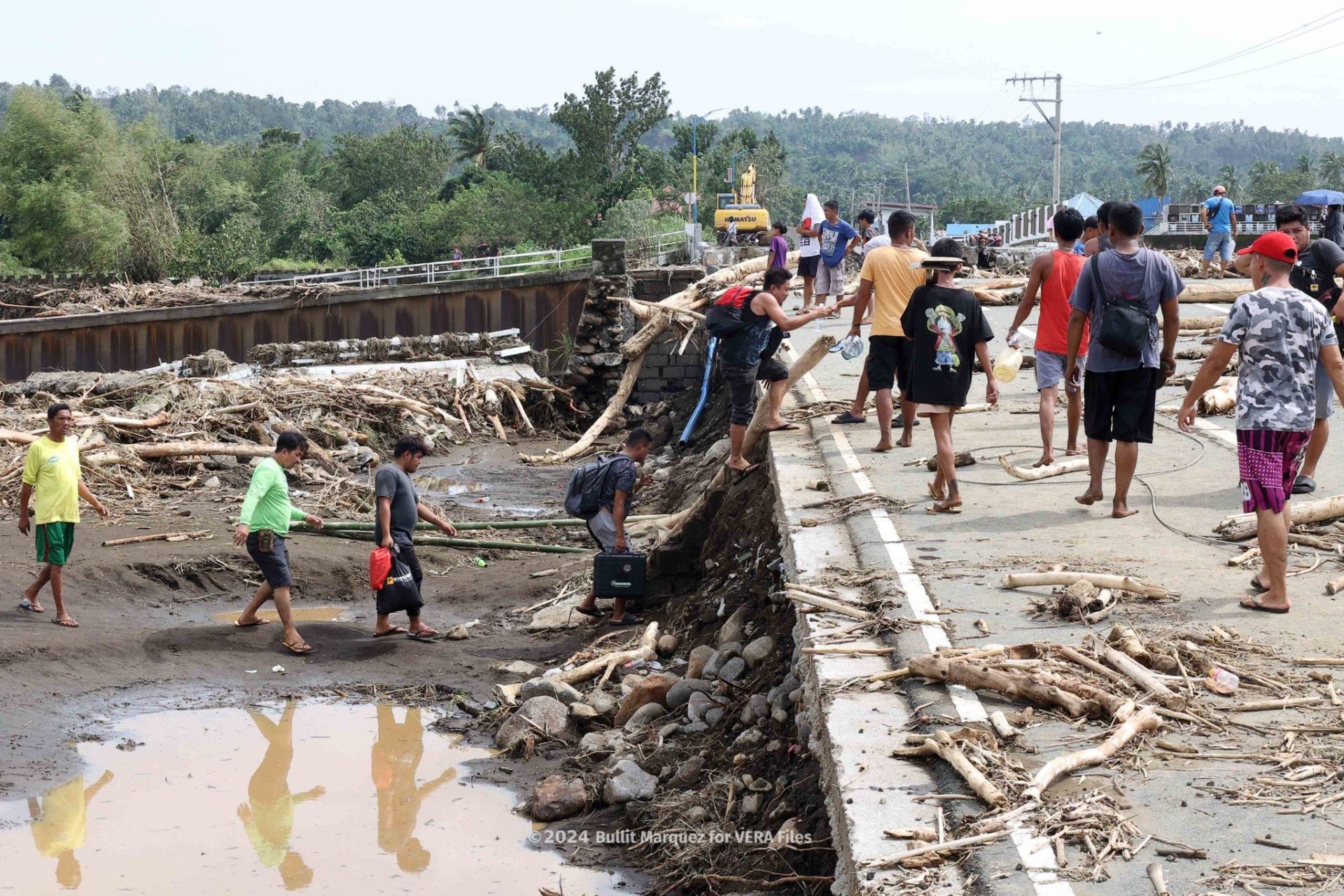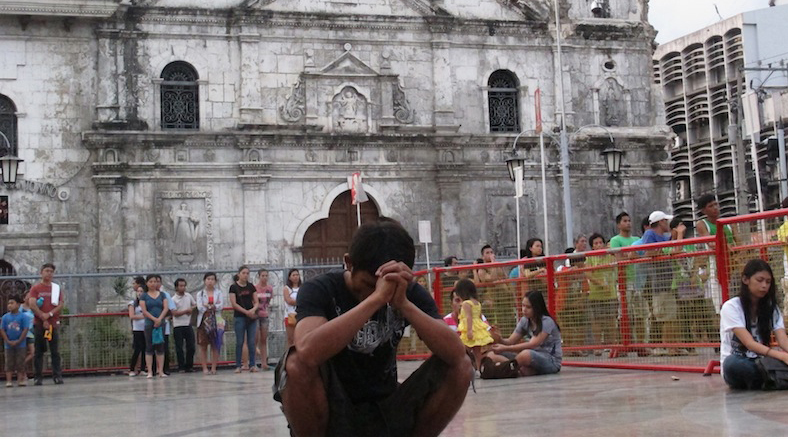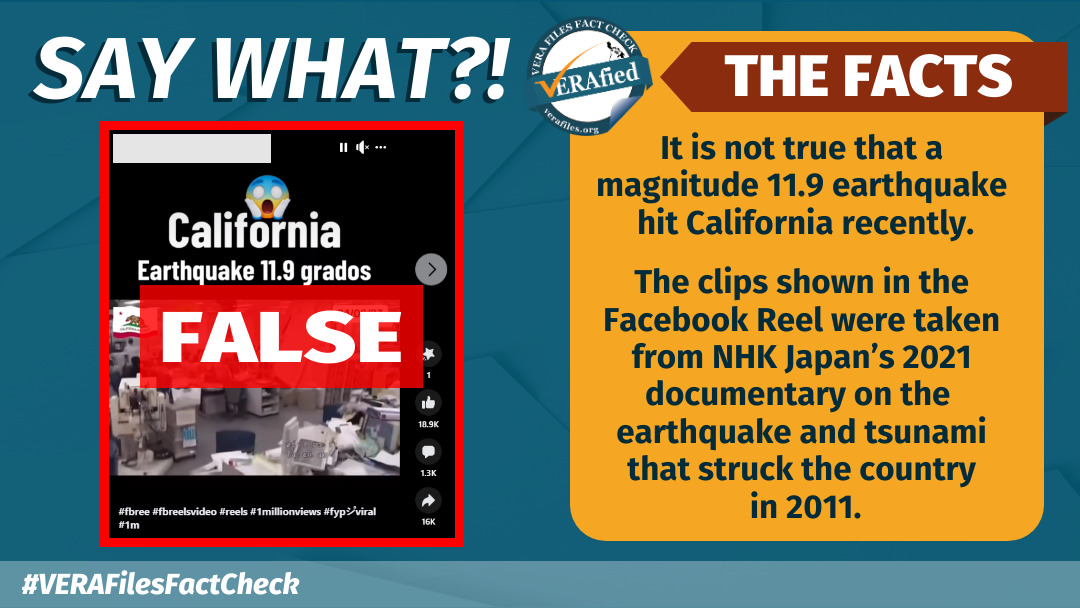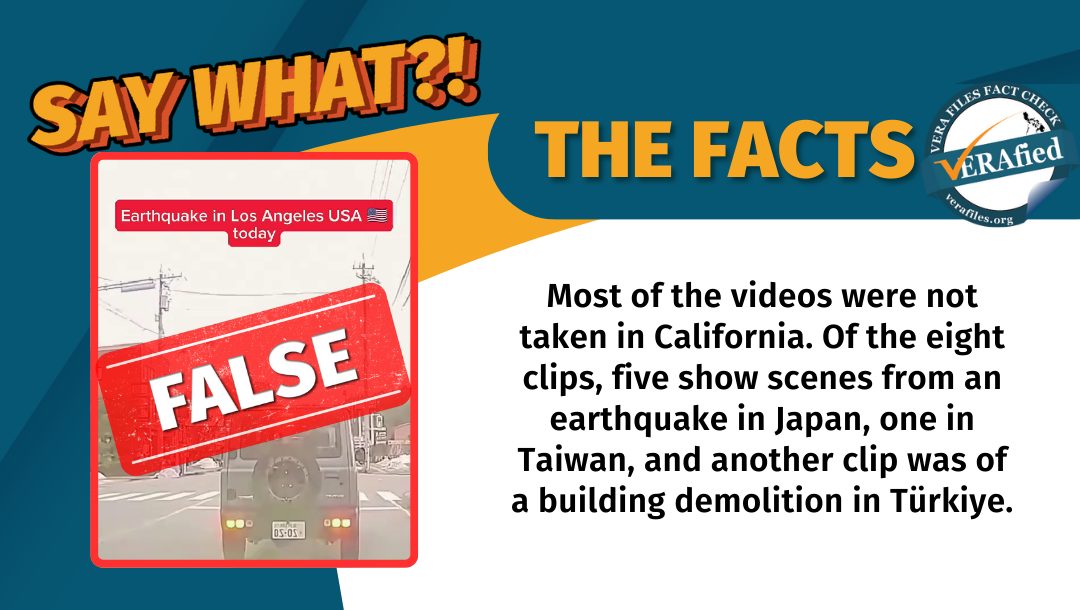A 6.7 magnitude earthquake struck General Santos City and neighboring towns in Sarangani Province on Nov. 17, leaving at least 11 people dead and 37 injured. Six days later, President Ferdinand “Bongbong” Marcos Jr. visited the city to oversee the distribution of government relief assistance to the quake survivors.
When asked how the government will start rebuilding efforts in the province, Marcos said it could not start yet because of potential aftershocks. He explained that the problem with earthquakes is that there are “no forecasts” for it, so people are not forewarned.
Marcos then assured that while the Department of Social Welfare and Development will continue its relief efforts, the government will prioritize rebuilding the city’s ports.
While known as a fishing hub, General Santos City is in a region that has seven fault zones which “can produce major earthquakes and destructive tsunamis.”
Can scientists forecast earthquakes? How is an earthquake prediction different from an earthquake forecast? Here are three things you need to know:
-
Can we forecast earthquakes?
Yes, but only to a certain extent. Earthquake forecasting is concerned with the likelihood of an earthquake occurring in an area. This is applied mostly in providing information about aftershocks that may occur after a larger earthquake or a mainshock, according to the United States Geological Survey.
Earthquake forecasting relies on the use of statistical models, one of them being the Epidemic-Type Aftershock Sequence model, developed by statistical seismologist Yosihiko Ogata in 1988. Scientists use this to describe a region’s seismicity, or the frequency of earthquakes in a given area.
This model follows the idea that an earthquake, depending on its magnitude, can trigger aftershocks. It also considers that apart from aftershocks, background earthquakes can occur. These are earthquakes that are unrelated to the mainshock, and are instead caused by “forces related to the plate tectonics.”
-
What is an earthquake prediction? Is it possible to predict earthquakes?
An earthquake prediction must precisely identify when an earthquake will occur, how strong it will be, and where exactly it will happen. Presently, earthquake prediction is scientifically impossible, a fact that the Philippine Institute of Volcanology and Seismology (Phivolcs) reiterated on Nov. 9.
“Wala pang teknolohiya sa buong mundo ang makapagsasabi kung kailan at saan mangyayari ang malakas na lindol,” Phivolcs said.
(There is no technology yet in the world that can tell when and where a strong earthquake will occur.)
-
How can we mitigate hazards from earthquakes?
In 2017, seismologists in the Philippines conducted a probabilistic seismic hazard analysis to produce the Philippine Earthquake Model Atlas (PEMA), launched in 2018.
A probabilistic seismic hazard analysis considers not only the worst-case earthquake scenario that can happen in a given area. It seeks to calculate the full-range of scenarios that can occur, taking into account “all earthquake sources” that can lead to damaging motions at a certain site, among other factors.
The PEMA serves as a guide for designing earthquake resilient buildings and helping in disaster risk management, land use, and urban plans of local government units and the national government, according to Phivolcs.
In 2020, Phivolcs, in partnership with the Global Earthquake Model Foundation, published an updated version of the seismic hazard analysis model for the Philippines. This sought to help with designing safer structures in the future and encourage retrofitting existing buildings for the safety of its occupants.
